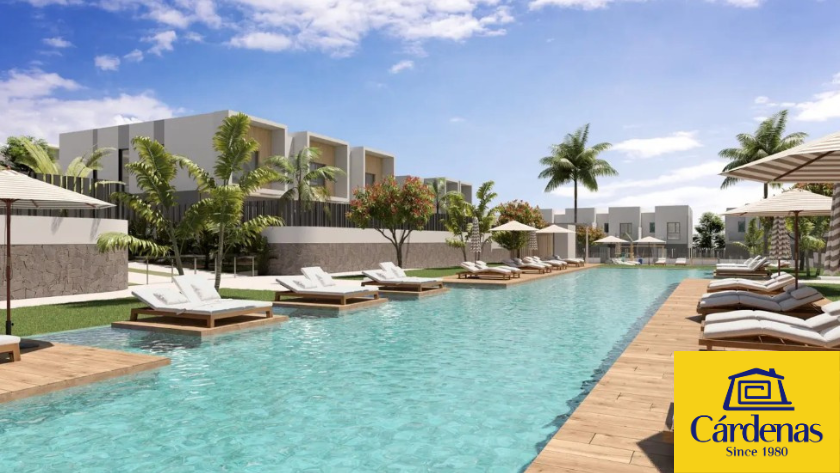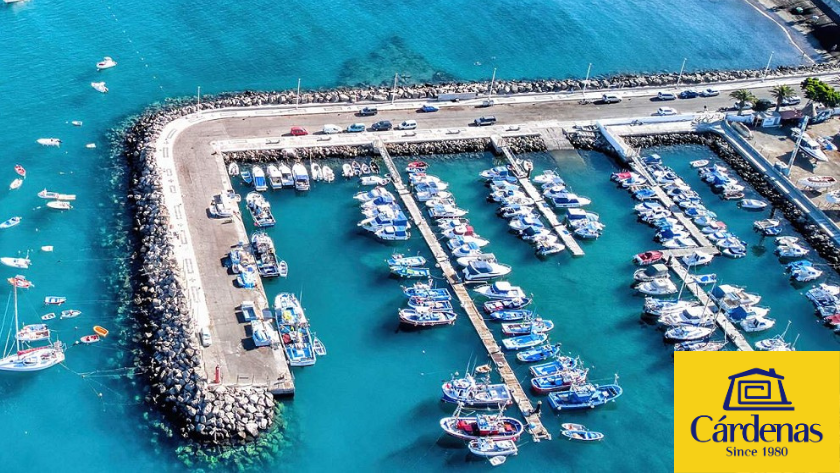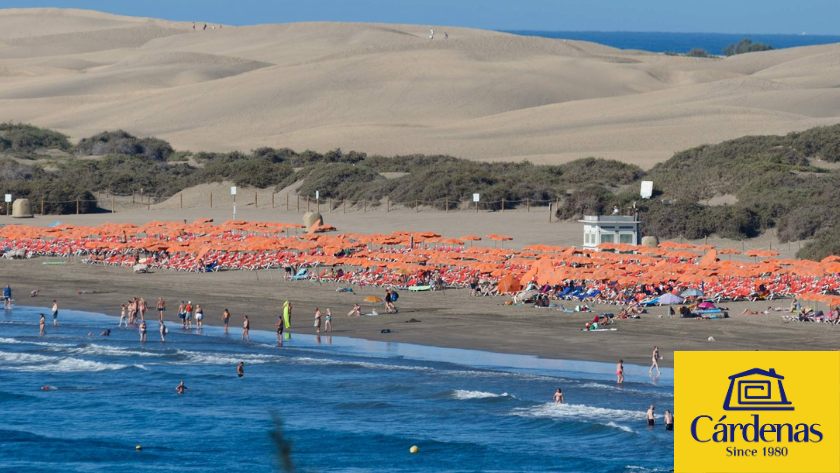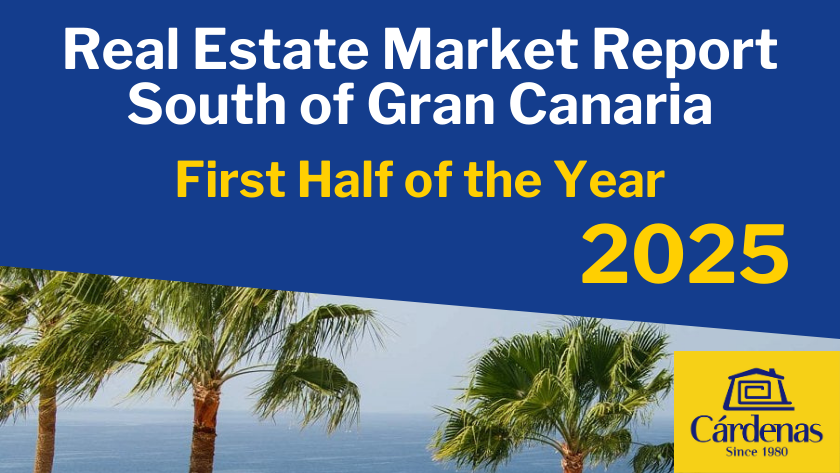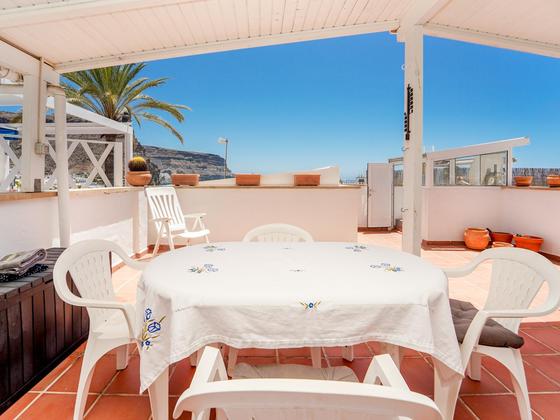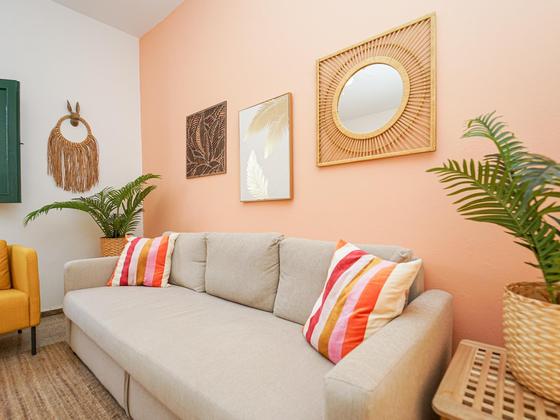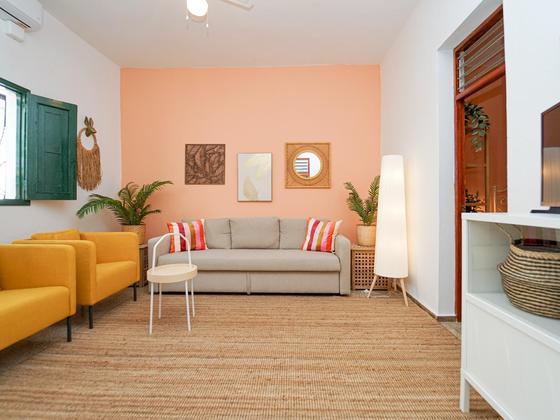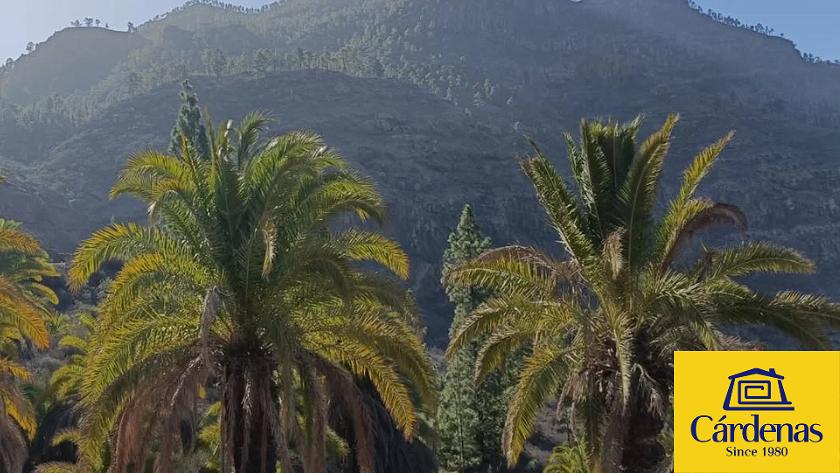
Gran Canaria is loved not just for its climate, beaches, and people — but also for its lush plant life. And if there’s one plant that truly defines the island’s landscape, it’s the palm tree. You’ll see them everywhere: in gardens, town squares, countryside paths, and even wild ravines.
Let’s take a look at the most common palms found on the island, from native species to those that have become part of the local scenery.
Canary Island date palm: our local treasure
The Phoenix canariensis is native to the Canary Islands and a natural symbol of the archipelago. With its thick trunk and wide arching fronds, it brings a stately presence to any setting. You’ll see it in public parks, roundabouts, rural roads… even growing wild in some areas.
It’s a protected species — and with good reason: it’s part of our identity.
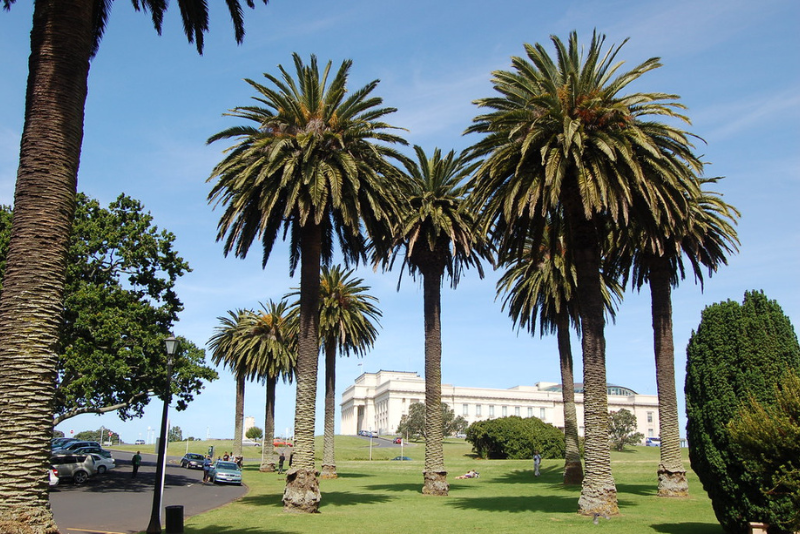
Date palm: cousin from the desert
Very similar to the Canary palm but slimmer and taller, the Phoenix dactylifera comes from North Africa and the Middle East. While it doesn’t produce many dates here, it’s a popular ornamental tree thanks to its graceful appearance.
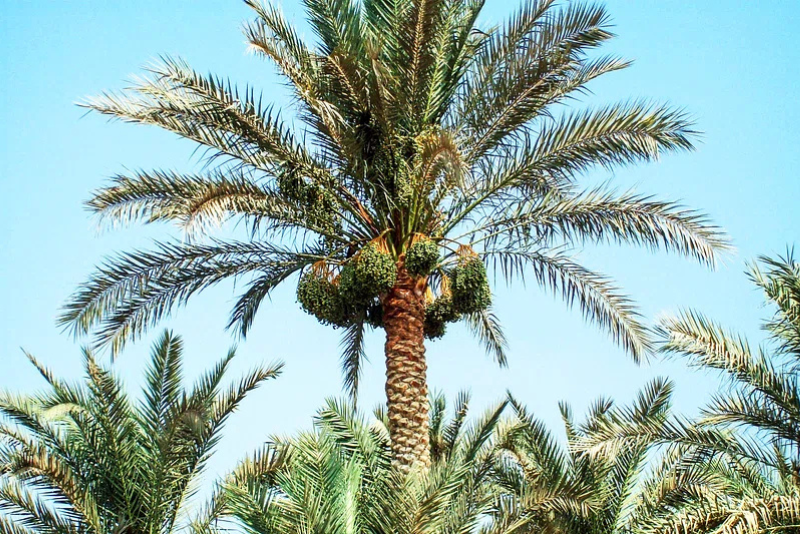
Washingtonia: the tall one on the promenade
You’ll often see Washingtonia palms lining the promenades and streets of the island’s coastal towns. Native to North America, these palms are known for their slim, towering trunks and fan-shaped leaves.
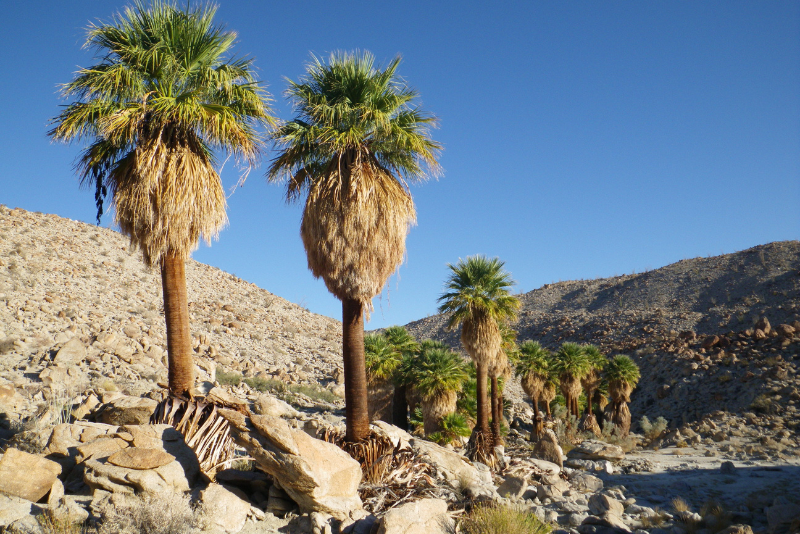
Dwarf fan palm: tough and compact
The Chamaerops humilis is native to the Mediterranean. It’s a small, hardy palm with several trunks and slow growth, making it perfect for drought-tolerant gardens. While not native to the Canaries, it thrives here and is commonly used in low-maintenance landscaping.
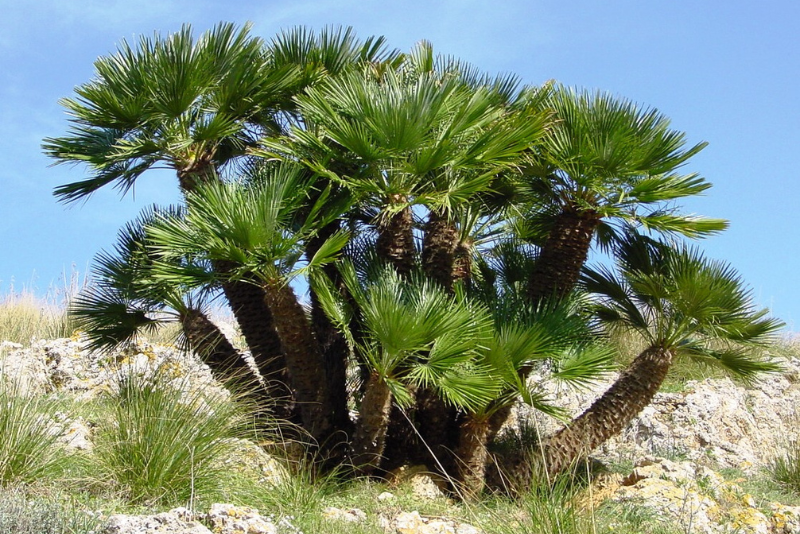
Royal palm: Caribbean elegance
The Roystonea regia, or royal palm, is tall, slender, and elegant. Originally from the Caribbean, it’s not the most common palm on the island, but when you do see one — usually in a botanical garden or manicured park — it stands out.
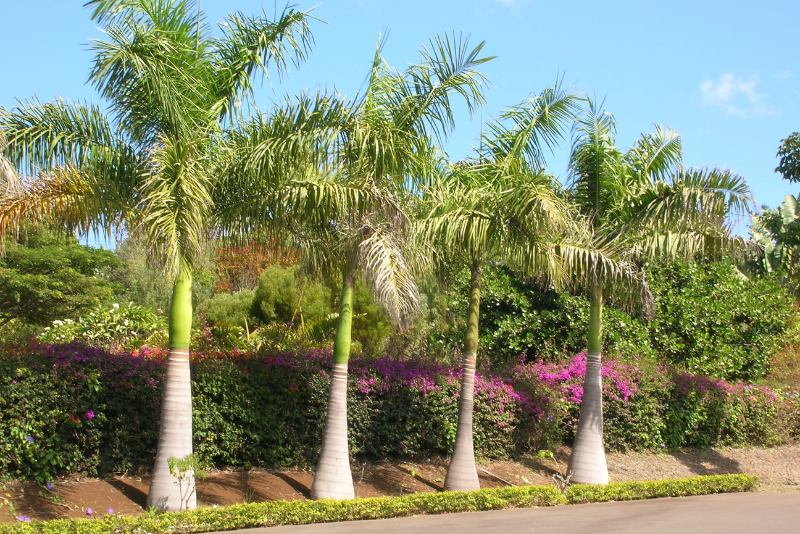
Coconut palm: a rare tropical guest
Though many people associate palms with coconuts, the Cocos nucifera doesn’t grow easily in Gran Canaria due to the climate. Still, a few carefully placed specimens can be found here and there, mostly as a curiosity.

A tip for plant lovers
If you’d like to see many of these palms in one place, we recommend visiting the Viera y Clavijo Botanical Garden in Tafira. It’s one of the most beautiful green spaces in the Canary Islands — a perfect morning outing.
Would you like to live surrounded by palms?
At Cárdenas Real Estate, we’ve spent over 45 years helping people find their dream home in the south of Gran Canaria. If you love nature and dream of a home among palm trees, get in touch — we’ll help you make it a reality.


